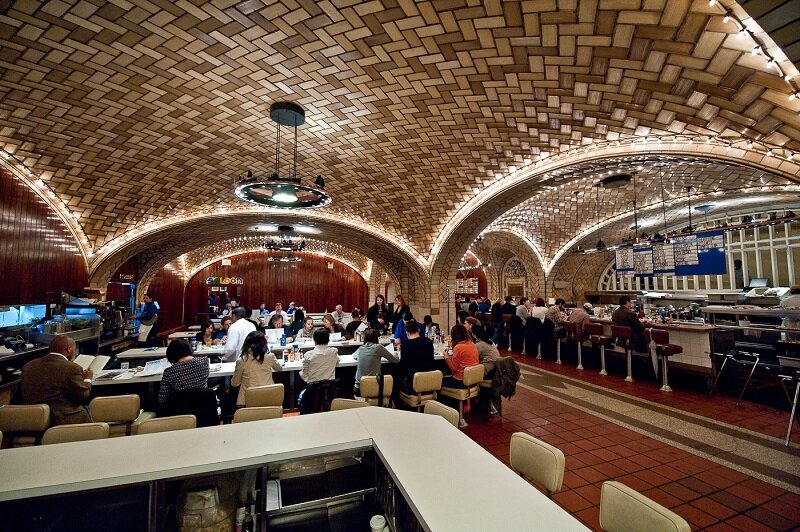Platforms for success
With fewer people commuting into each work each day, how will train stations need to adapt their commercial space?
Owners, operators and occupiers of train station commercial space have been badly affected by the pandemic: the OBR estimates that in 2020/21 rail journeys fell 75% compared with the previous year, to the lowest level of traffic on record.
Given the business model for train station commercial space has historically relied on passenger volume (especially high frequency commuter travellers) to drive occupier sales, this period has been very challenging. The SSP Group (which predominantly operates in travel locations with brands like Upper Crust and Ritazza) – recently announced a fall of 88% in their UK revenues for FY21.
However, the green shoots of recovery are emerging as lockdown restrictions ease. Commuters are starting to return (albeit in much lower numbers) and the government are now investing in rail infrastructure as part of a regional growth strategy, evidenced by developments including HS2 and the recent announcement that Darlington station will undergo a £100m redevelopment.
The business model for train station commercial space needs to adapt to meet the challenges and the opportunities the future provides. New ways of working mean that commuters are likely to become a smaller proportion of overall passenger numbers, while leisure passengers become more important, changing the dynamic and the potential responses.
We set out several potential changes we might see in future:
Less functional
Existing commercial provision in train stations tends to be functional and convenience-led, targeted at time-poor, frequent travellers. Although there will still be demand for this kind of offer in the future, a reduction in scale may be necessary as high frequency commuters become a less dominant user group. Instead, stations could increase their focus on leisure passengers by dedicating a greater proportion of space to larger format units with seating and aim to create an environment that encourages dwell.
The below ground dining concourse at Grand Central station in New York (seen above), for instance, shows how a critical mass of F&B units with a suitable environment can serve less time-pressured rail travellers. Similarly, the commercial offering at St Pancras International station in London encompasses restaurants and bars, as well as premium retail to appeal to leisure passengers arriving and departing from the Eurostar terminal.
Diversify user base
Depending on the location of the station, it is possible to attract nearby residents and workers to the commercial offering. Central Station in Stockholm, for instance, has an extensive grocery offer at basement level; its success it supported by deficiencies in provision in the nearby city centre.
The ability of a station to attract nearby residents, workers and other visitors ultimately depends on a range of factors, such as the amount of space available, the offer and environment that can be created and the competing commercial provision. The closure of John Lewis in Birmingham New Street station reflects the challenges of creating a significant retail or commercial destination within a train station environment. A typically centrally-located asset is both a blessing (access to audience) and a curse (likelihood of strong competition). The train station use and environment also presents a challenge to create an environment that is not just loud, busy and functional.
Mixed uses
Given the typical central location, extra space could be used for purposes beyond just conventional retail and F&B. Leisure provision, such as gyms, might appeal to commuters looking to exercise before or after work. Similarly, flexible working space for local start-ups or representation from larger brands such as WeWork could also fit well in large city centre locations.
Some large overground stations could carve out whole areas away from the main concourses and dedicate them to other purposes, representing an important strategic move away from focusing on serving rail passengers and instead focussing on the wider audience that a city centre provides.
Something unique
Some train stations have the space and architecture to do something unique. The central terminal in Atocha station in Madrid has been transformed with a 43,000ft2 greenhouse, surrounded by restaurants, cafes and bars. This has enabled the station to become more destinational and has created an exciting environment for users to dwell.
Train stations will always require some functional commercial offer, owing to the transient nature of many passengers passing through the concourses. However, the rise of remote working has the potential to cause a significant shift in the balance of rail users between commuter and leisure, disrupting the previous established dynamic. Stations will therefore have to adapt to this through new retail and F&B formats, by considering alternative uses of commercial space, such as gyms and flexible workspace, and, if appropriate, creating a more inspiring environment for dwell.
Jamie Parker

